The 447 m (1,467 ft) long 22.50 m and (74 ft) wide Quezon Bridge, a combined arch and prestressed concrete girder bridge, connects the Manila districts of Quiapo (it is also commonly known as “Quiapo Bridge” since it connects the Quiapo area to the heart of Manila proper) and Ermita across the Pasig River in the Philippines.
The bridge, which replaced the Puente Colgante, the first bridge built over the Pasig River and first steel suspension bridge in Southeast Asia, was constructed in 1939 under the supervision of the engineering firm Pedro Siochi and Company. Immediately behind the bridge is the Manila Post Office Building.
Named in honor of Manuel Luis Quezon, president of the Philippines at the time of its construction, Quezon Bridge was designed as an Art Deco style arch bridge and was inspired from the design of Sydney Harbour Bridge. Rebuilt in 1946, after World War II, its last major structural repair was done in 1996.
NOTES:
On April 10, 2014, the bridge was affected by a fire that razed a community of shanties underneath the bridge.
After months of construction work, the bridge was strengthened, without entirely closing Quezon Bridge to traffic, by replacing damaged structural components, performing sand blasting, installing carbon fiber and applying epoxy on the deck slab.





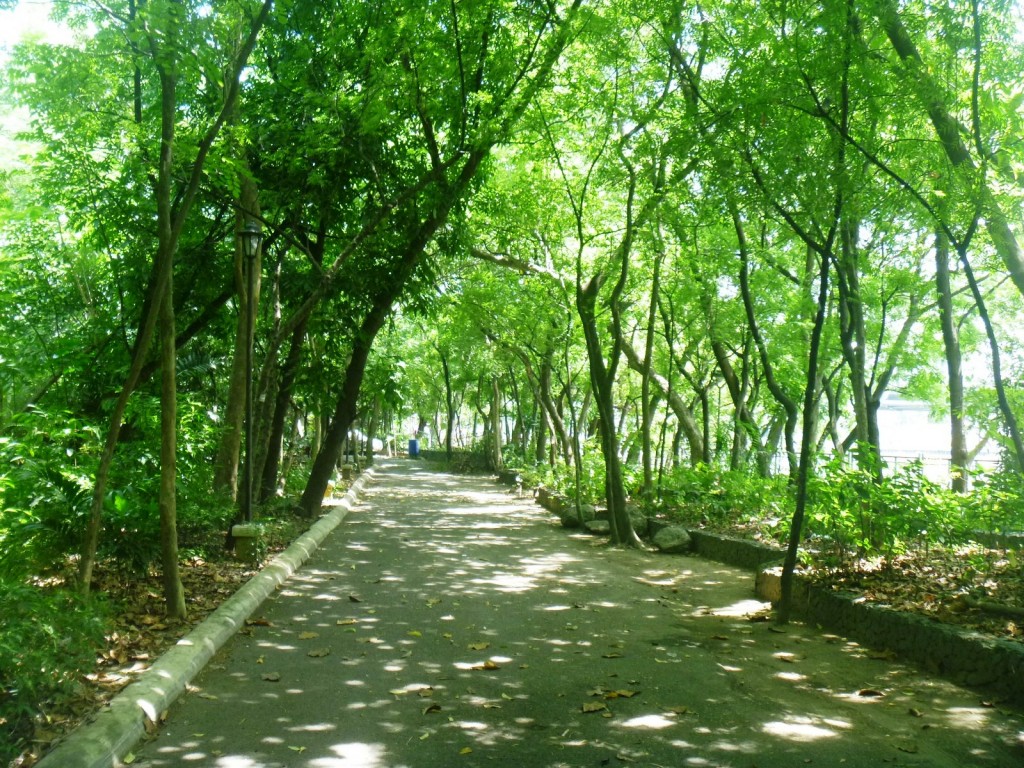
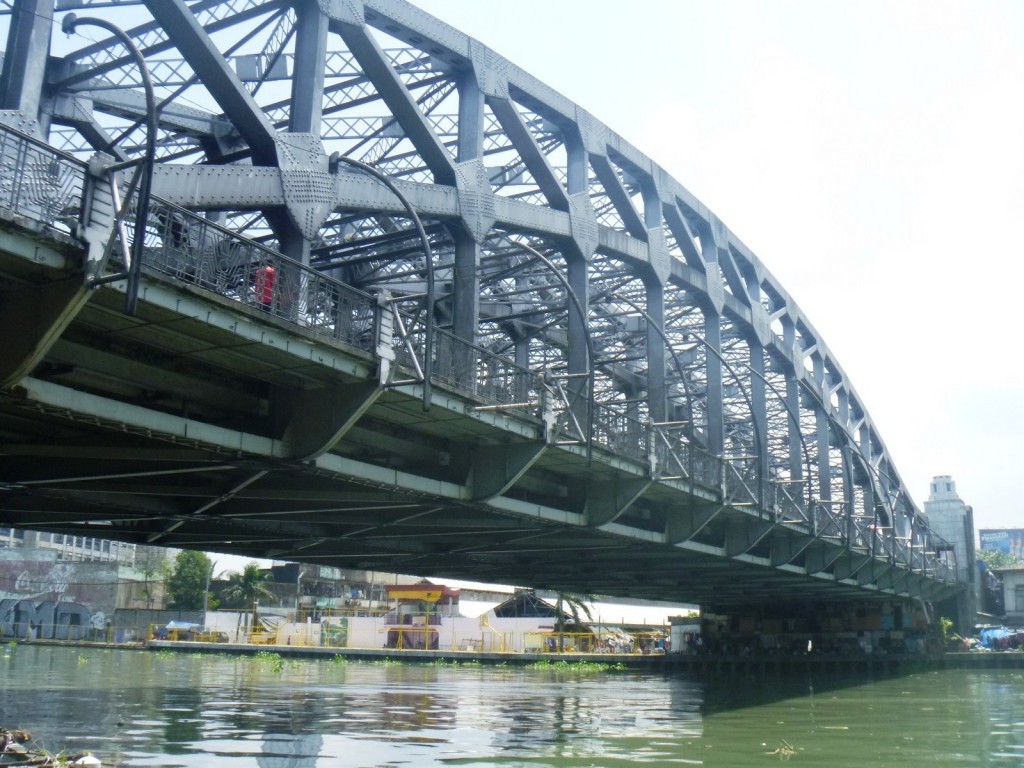
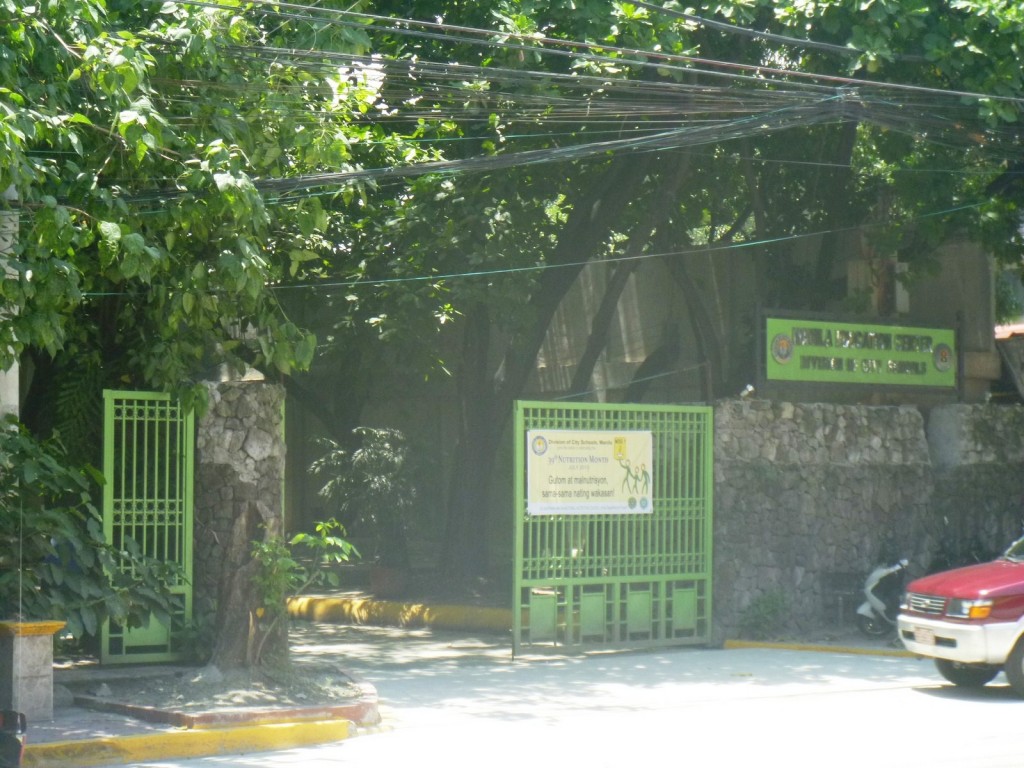
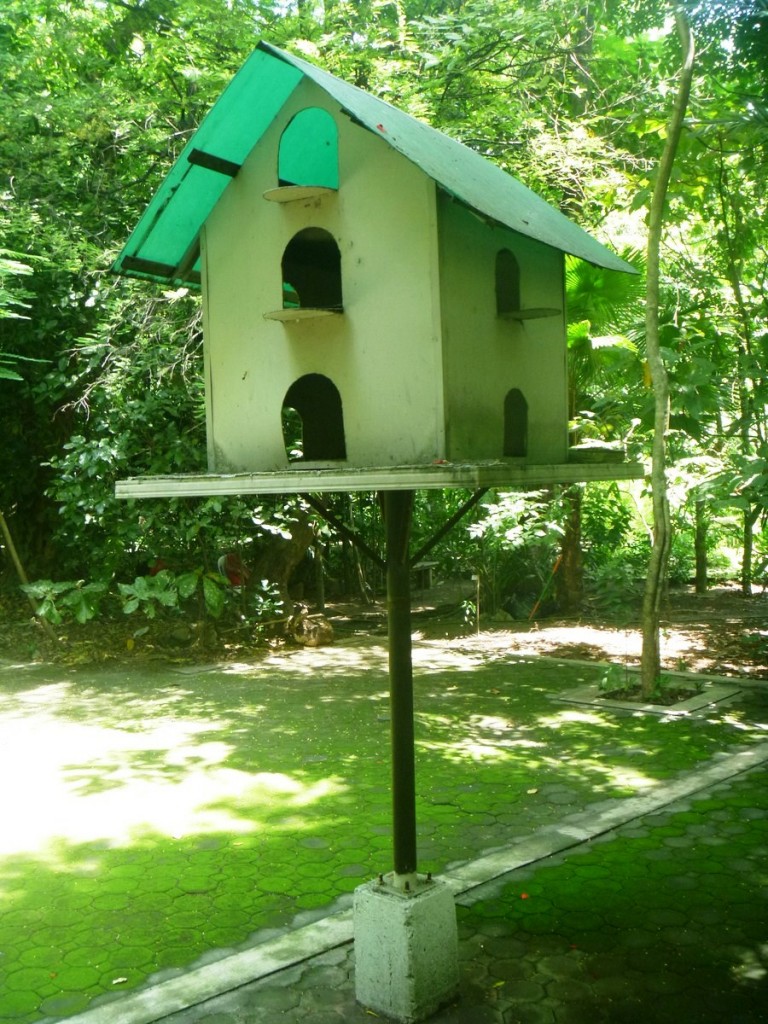
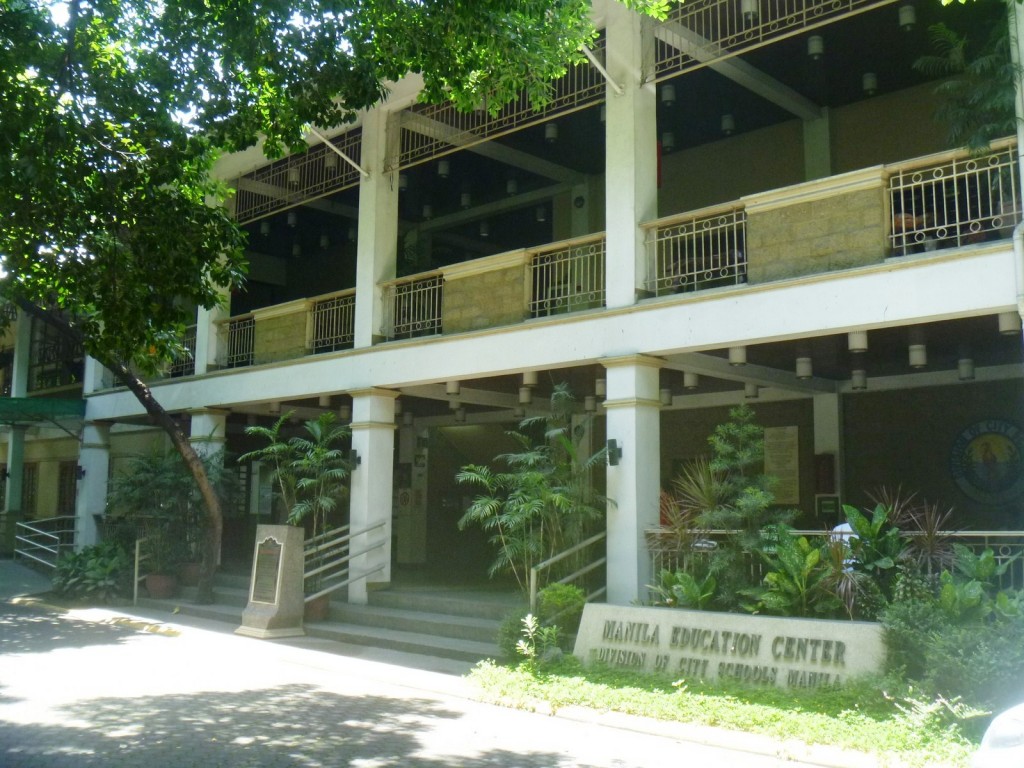
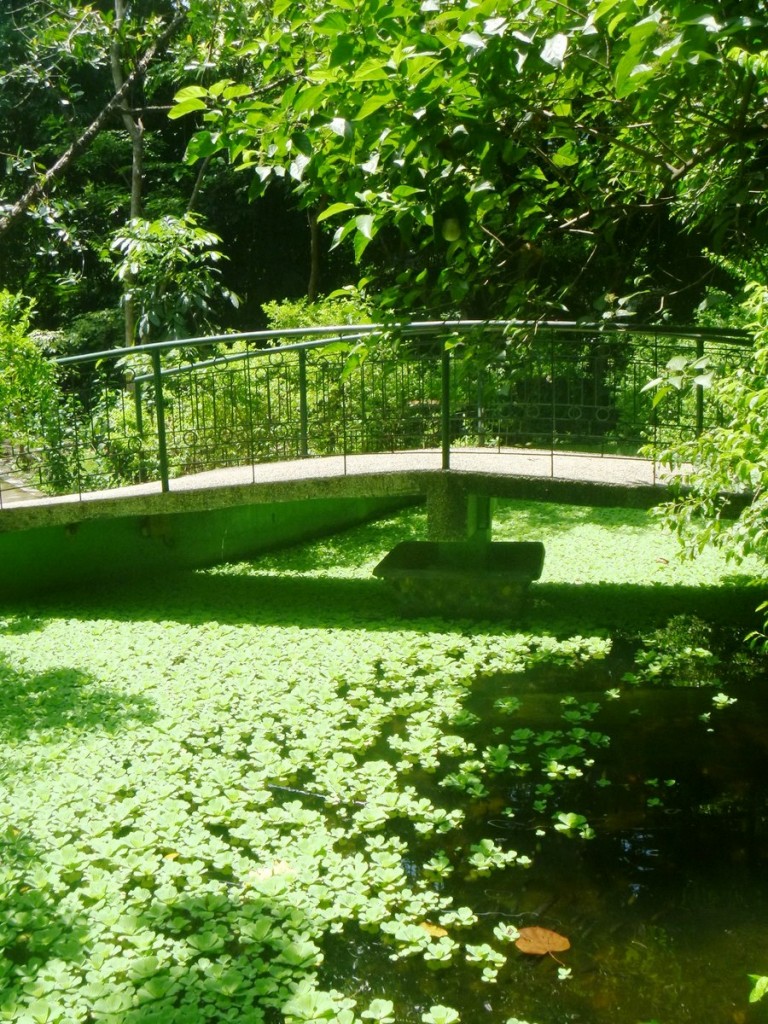





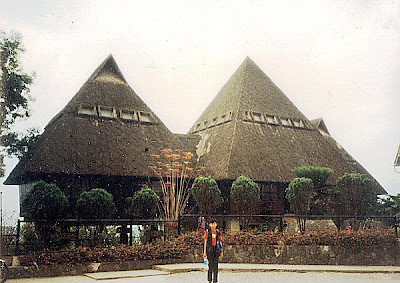
.jpg)
.jpg)

.jpg)